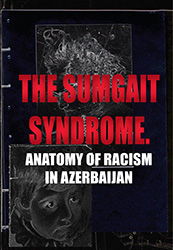Shahen Avakian “Nagorno-Karabagh: Legal Aspects”, 2015
“Nagorno-Karabagh: Legal Aspects”

MIA Publishers, Fifth Edition, Moscow 2015
By Shahen Avakian
The study covers the legal aspects of Nagorno Karabagh problem. It examines the issues of Law as they affected the legal status of Nagorno Karabagh.
The author is an expert of International Law. He has graduated from the Paris Sorbonne University and is specialized in International Public Law and International Organizations law.
read more










